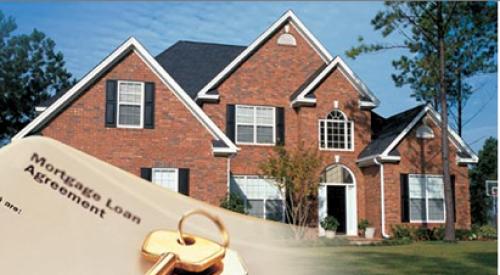Public/private partnerships present a compelling win-win for builders of all sizes. When, for example, planners in Washington, D.C., wanted to replace a 1920s-vintage public school, they put out a request for proposals, but no bidders emerged — that is, until a restructured RFP allowed development of an apartment building on a 1.8-acre portion of the land. Berwyn, Pa.-based LCOR Inc. took the bait.
In 2001, the company completed 47,000-square-foot James F. Oyster Bilingual Elementary School, as well as the 211-unit, $29 million Henry Adams House, a luxury apartment building. The city issued a 35-year tax-exempt bond issue in a PILOT program — Payments In Lieu Of Taxes. The District issued an $11-million bond to fund the school, and LCOR pays the debt service from its rental property profits. In effect, Washington, D.C. gets a free school and LCOR makes its margin.
"Everyone wins," says John Stainback, financial architect of the deal and now managing partner of Houston-based Stainback Public/Private Real Estate (www.sppre.com). "The private building generates property taxes it would never have seen on underutilized land and from a project that wouldn't otherwise have been built."












